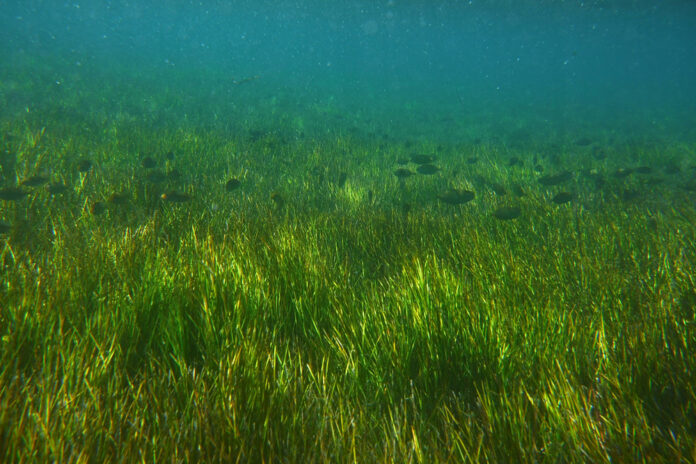Since this year, seagrass beds have had their own World Day, celebrated on the 1stst March under the aegis of the United Nations. Lungs of the sea, engineers of the lagoon, these ecosystems are protected in the southeast by a Voluntary Marine Conservation Area (VMCA) initiated by the NGO Eco-Sud…
Dugong grass or Halophile ovale, turtle grass, spaghetti grass or fan grass… these species carpet the sandy seabed of southeast Mauritius, dancing to the rhythm of the currents. The largest seagrass meadows are Fer à Cheval and Banc d’olives, covering 245 ha near the Grand Port canal.
They are home to all kinds of fish (cobblers, parrotfish, wrasse, etc.), algae, molluscs, worms and sea cucumbers… Green turtles love them, as do sea urchins and crustaceans. A veritable larder for humans, seagrass beds rid water of land-based pollution, protect coasts from erosion and are champions at carbon sequestration…
The good news,” says Vasisht Seetapah, Eco-Sud’s scientific coordinator, “is that since sand extraction was banned in 2001, the surface area of seagrass beds in the southeast has stabilized. The bad news is that they are still threatened by coastal development projects, as well as by pollution generated by the 6e most densely populated country on the planet…”.
In 2018, Eco-Sud set up a VMCA in Grand Port, covering 178 ha, in consultation with local communities, particularly fishermen. This voluntary work is helping to alleviate the problems of illegal fishing encountered in the reserves… And the scientific team is delighted to note an increase in seagrass cover and fish biomass.





